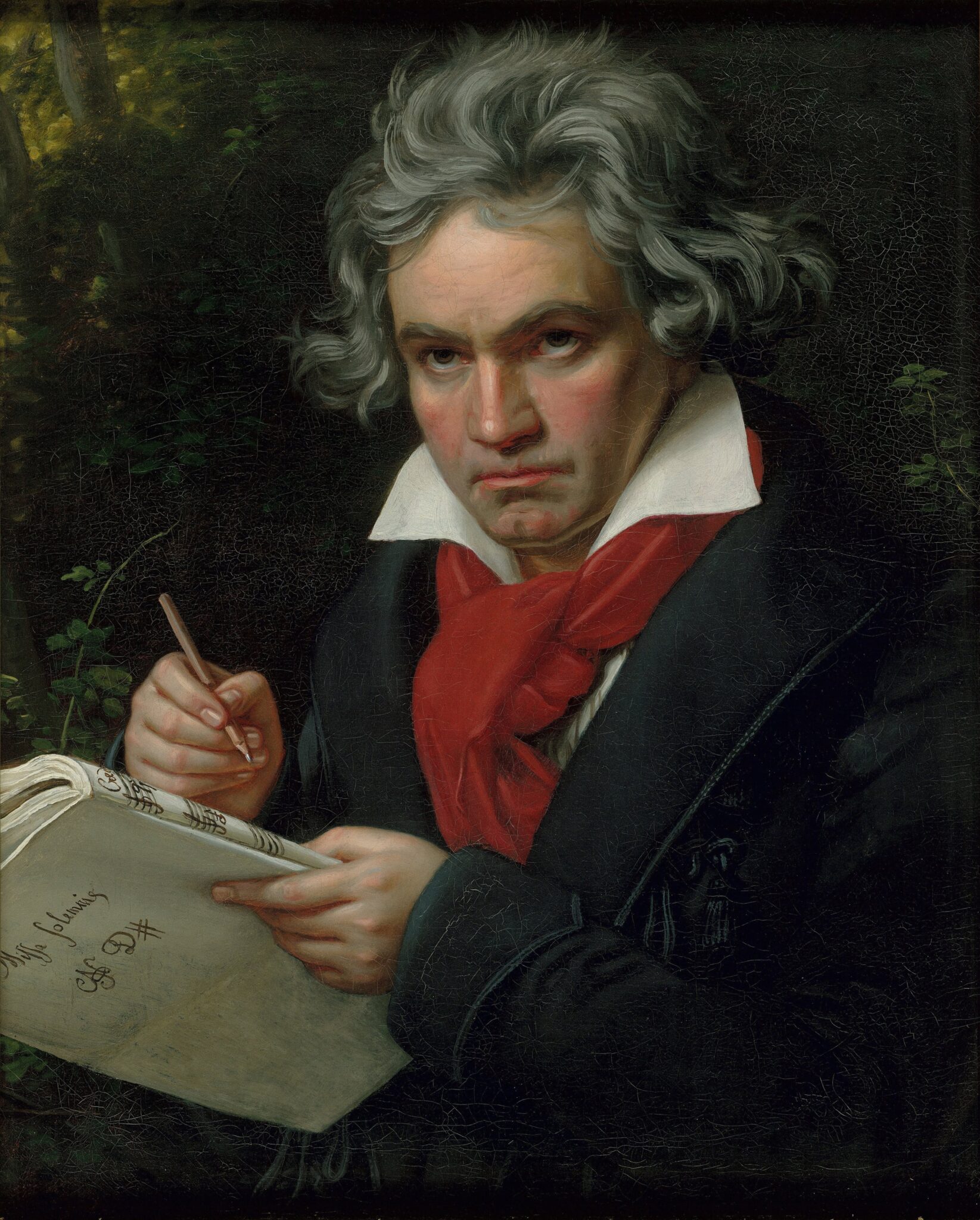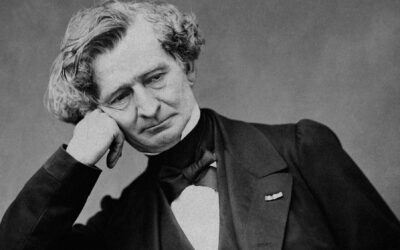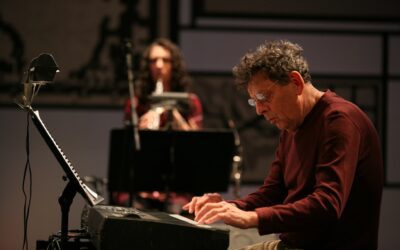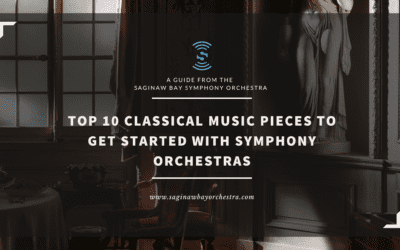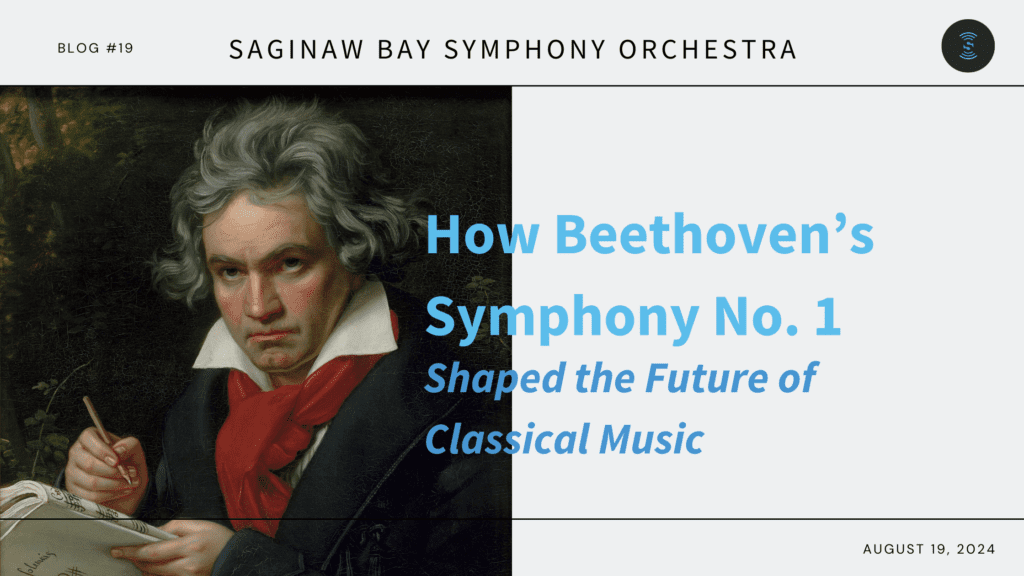
Ludwig van Beethoven is a name that resonates with music lovers around the world. Often celebrated for his later symphonies like the Fifth and the Ninth, Beethoven’s journey as a symphonic composer began with a piece that might not get as much attention but is just as fascinating—his Symphony No. 1 in C Major. This symphony was Beethoven’s way of introducing himself to the world as a symphonic composer, and it’s filled with both respect for the traditions of the past and a glimpse of the groundbreaking music that was to come.
Beethoven’s Early Life and Musical Influences
Beethoven’s story begins in Bonn, Germany, where he was born in 1770. Growing up, it was clear that Beethoven had a remarkable talent for music, and his father, Johann, encouraged this talent. By his early 20s, Beethoven moved to Vienna, the heart of the music world at the time. Here, he studied under the great composer Joseph Haydn, who had a profound influence on him.
But Beethoven wasn’t just a student who followed in his teacher’s footsteps—he was an innovator. He absorbed the lessons from Haydn and Mozart but soon began to develop his own unique style, one that would push the boundaries of what was considered classical music. It was during this exciting period of growth and learning that Beethoven composed his Symphony No. 1. [1]
The Composition of Symphony No. 1
At the dawn of the 19th century, Beethoven was becoming known in Vienna, a city buzzing with musical activity. Composers like Haydn and Mozart had set a high bar with their symphonies, and Beethoven knew that his first attempt at the genre would be closely watched. He didn’t disappoint.
Beethoven composed his Symphony No. 1 between 1799 and 1800, and it made its debut on April 2, 1800, at the Burgtheater in Vienna. This was a big night for Beethoven—it was his first major public concert in the city, and he chose to include his symphony in a program that also featured works by Haydn and Mozart. The symphony was well-received, and while some critics noted its boldness, particularly in how it played with traditional forms, it was clear that Beethoven had something special to offer. [2]
Exploring the Symphony’s Structure and Themes
Beethoven’s Symphony No. 1 is made up of four movements, each with its own character and charm. Let’s take a closer look:
- First Movement (Adagio molto – Allegro con brio): The symphony starts with a slow introduction—a respectful nod to Haydn—but quickly moves into a lively Allegro. Right from the start, Beethoven grabs your attention with an unexpected dissonance, signaling that this isn’t just another classical symphony.
- Second Movement (Andante cantabile con moto): This movement is all about melody. It’s gentle and lyrical, showcasing Beethoven’s ability to craft beautiful, flowing music while still adhering to classical structure.
- Third Movement (Menuetto: Allegro molto e vivace): Beethoven takes the traditional minuet and gives it a fresh twist, speeding it up and turning it into something more like a scherzo. It’s lively, fun, and a hint at the more daring music he would later compose.
- Fourth Movement (Adagio – Allegro molto e vivace): The final movement starts playfully and then bursts into an energetic Allegro. It’s full of surprises and ends the symphony on a joyful, high note. [3]
Why Should You Listen to Symphony No. 1?
So why should you take the time to listen to Beethoven’s Symphony No. 1? First, it’s a wonderful introduction to Beethoven’s early style and provides insight into how he began to break away from the conventions of his time. Listening to this symphony allows you to hear the seeds of innovation that would later blossom in his more famous works. It’s also a delightful piece of music in its own right—full of energy, humor, and beautiful melodies. Whether you’re a seasoned classical music fan or just beginning your exploration of this genre, Beethoven’s Symphony No. 1 offers something to enjoy. The Saginaw Bay Symphony Orchestra will be performing Beethoven’s first on Saturday, September 21st, more details and tickets are available here.
Interesting Anecdotes and Lesser-Known Facts
One interesting anecdote about the premiere of Beethoven’s Symphony No. 1 is that it was part of a concert that also featured Beethoven performing a piano concerto and improvising at the keyboard—a testament to his versatility as both a composer and a performer. Another lesser-known fact is that Beethoven’s decision to use dissonant chords at the very beginning of the symphony was considered quite bold at the time. This choice surprised many listeners and hinted at the innovative approach that would define Beethoven’s later works.
A Modern Perspective: How Is Symphony No. 1 Viewed Today?
Today, Beethoven’s Symphony No. 1 is viewed as a significant work in the classical repertoire. It is often performed by orchestras around the world, not just as a historical piece but as an engaging and lively symphony that still resonates with audiences. Contemporary musicians and scholars appreciate the symphony for its blend of classical structure and early signs of Beethoven’s revolutionary spirit. It remains a popular choice for concerts and recordings, often paired with other works by Beethoven to showcase the breadth of his compositional journey.
The Legacy of Symphony No. 1
While Beethoven’s Symphony No. 1 might not be as famous as some of his later works, it’s an important piece in his body of work. It’s where his symphonic journey began, blending the classical traditions he inherited with the innovative spirit that would come to define his music.
This symphony set the stage for Beethoven’s future masterpieces, and it also influenced other composers of the time. It’s a piece that shows us the beginning of Beethoven’s evolution from a student of the classical tradition to a revolutionary composer who would change the course of music history. [4]
Conclusion
Beethoven’s Symphony No. 1 in C Major is more than just his first attempt at a symphony—it’s a work that stands proudly on its own. Through this piece, Beethoven showed the world that he was ready to not only honor the musical traditions of the past but also to push beyond them. As we listen to this symphony today, we can appreciate it as the starting point of a remarkable journey, one that would forever change the landscape of Western classical music.
References
- Swafford, Jan. Beethoven: Anguish and Triumph. Houghton Mifflin Harcourt, 2014.
- The Cambridge Companion to Beethoven. Cambridge University Press, 2000.
- Steinberg, Michael. The Symphony: A Listener’s Guide. Oxford University Press, 1995.
- Solomon, Maynard. Beethoven. Schirmer Books, 1977.
![SBSO Full Logo (color) fullwhite[Converted]](https://www.saginawbayorchestra.com/wp-content/uploads/2022/01/SBSO-Full-Logo-color-fullwhiteConverted.png)
